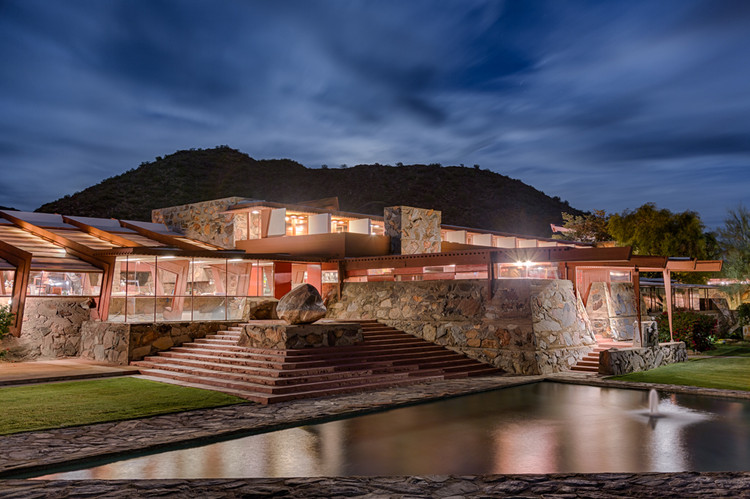Illuminating Design: The Dazzling Stained Glass of Frank Lloyd Wright
- Chanlakan Nna
- Feb 8, 2024
- 2 min read
Updated: Jul 8, 2024
Frank Lloyd Wright, the visionary architect known for his Prairie School style and organic architecture, wasn't just a master of brick and mortar. He was an artist who saw light and color as integral elements of his designs, and nowhere is this more evident than in his stunning use of stained glass. More than mere decoration, Wright's stained glass windows served as vibrant narratives, seamlessly integrating with the architecture to create breathtaking experiences of light, space, and nature.
From Apprentice to Artist:
Wright's fascination with stained glass began early. As an apprentice at Louis Sullivan's architectural firm, he learned the basics of glasswork and design. This foundation, combined with his innate sense of form and color, propelled him to experiment with the medium in his own work. He saw stained glass not just as a traditional craft, but as a potent tool to further his architectural vision, blurring the lines between art and utility.
Geometric Harmony:
Drawing inspiration from Japanese prints and the natural world, Wright incorporated geometric patterns into his stained glass designs. Straight lines, squares, circles, and stylized florals became recurring motifs, echoing the horizontal lines and open floor plans characteristic of his Prairie School houses. These geometric elements weren't merely aesthetic; they served as functional components, filtering and diffusing light to create desired moods and atmospheres within the space.
source: https://franklloydwright.org/virtual-classroom-art-deco-flowers/waterlillies-stained-glass-flw-sq/
Nature's Palette:
While Wright's early works often featured muted tones, his later stained glass projects embraced a bolder palette. Amber, ochre, emerald green, and fiery reds bathed the interiors in warm, natural light, reflecting his deep connection to the organic world. In houses like the Robie House and the Darwin Martin House, geometric patterns danced across the windows, capturing the essence of sunrises, prairies, and flowing water.
Beyond Decoration:
Unlike traditional stained glass often found in religious settings, Wright's designs weren't merely illustrative. They were integral parts of the architectural composition, often forming visual connections between different rooms and spaces. In the Unity Temple, for example, geometric patterns on the windows mirrored the triangular shapes of the roof, creating a unified visual experience. In the Suntop Homes, skylights featuring stylized sunbursts brought natural light deep into the living spaces, blurring the boundaries between indoors and outdoors.
Legacy in Light:
While some of Wright's original stained glass windows have been lost or damaged, many remain, serving as testaments to his artistic genius. They continue to inspire contemporary architects and artists, who reinterpret his themes and techniques in their own work. The Frank Lloyd Wright Foundation actively preserves and restores these windows, ensuring that their brilliance continues to illuminate and inspire future generations.
Exploring Further:
If you're interested in learning more about Frank Lloyd Wright's stained glass, here are some resources:
The Frank Lloyd Wright Foundation: https://franklloydwright.org/
The Art Institute of Chicago: https://www.facebook.com/artic/
The Metropolitan Museum of Art: https://www.metmuseum.org/
"Frank Lloyd Wright Stained Glass" by Robert Sweeney: https://www.amazon.com/frank-lloyd-wright-stained-glass/s?k=frank+lloyd+wright+stained+glass
"Art Glass by Frank Lloyd Wright" by Kathryn Smith: https://books.google.com/books?id=rvZgDwAAQBAJ&printsec=frontcover
In Conclusion:
Frank Lloyd Wright's stained glass wasn't just an embellishment; it was an integral part of his architectural vision. Through his masterful use of color, form, and light, he created windows that were more than transparent barriers – they were portals to nature, adding layers of meaning and beauty to his spaces. By illuminating interiors, blurring boundaries, and reflecting his design philosophy, Wright's stained glass windows continue to inspire and captivate, reminding us of the transformative power of light and artistic expression.











Comments